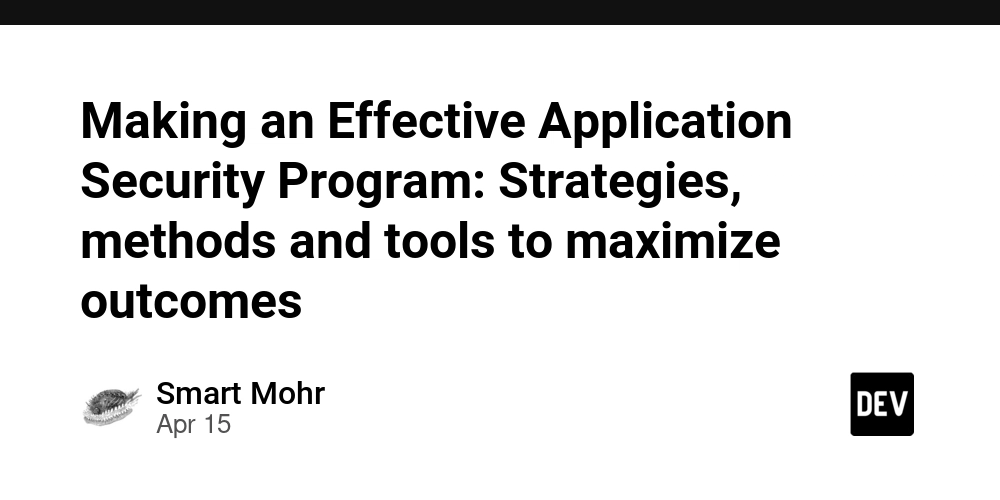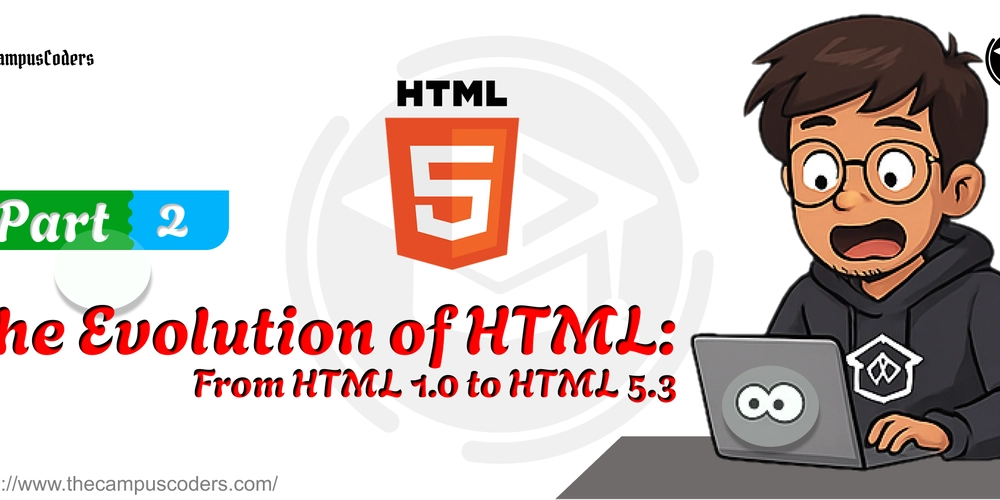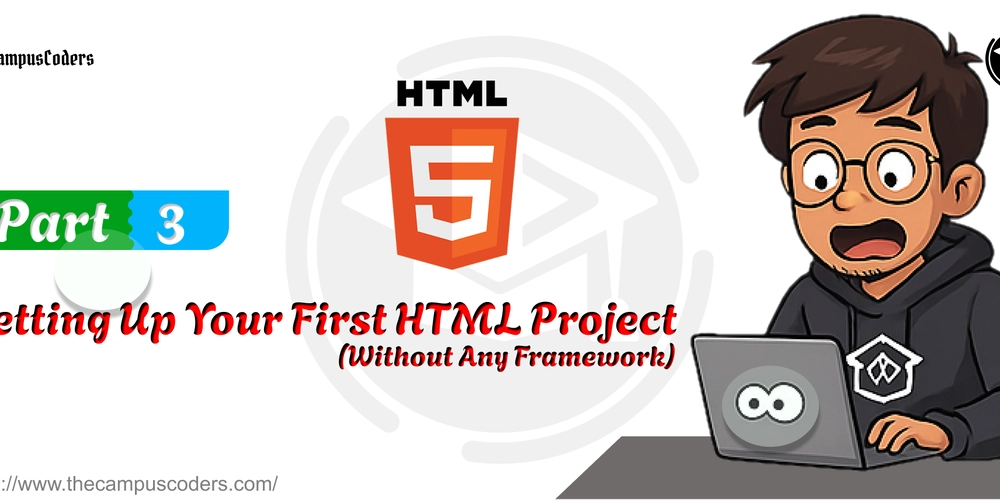Making an Effective Application Security Program: Strategies, methods and tools to maximize outcomes
To navigate the complexity of contemporary software development necessitates a robust, multifaceted approach to security of applications (AppSec) that goes beyond mere vulnerability scanning and remediation. A proactive, holistic strategy is needed to incorporate security into all stages of development. The constantly changing threat landscape and increasing complexity of software architectures are driving the need for an active, comprehensive approach. This comprehensive guide explains the fundamental elements, best practices and the latest technologies that make up a highly effective AppSec program, which allows companies to secure their software assets, minimize the risk of cyberattacks, and build an environment of security-first development. A successful AppSec program is based on a fundamental shift in perspective. Security should be viewed as a key element of the development process, and not just an afterthought. This paradigm shift requires an intensive collaboration between security teams including developers, operations, and personnel, removing silos and fostering a shared belief in the security of the applications they design, develop, and maintain. When adopting an DevSecOps approach, organizations can weave security into the fabric of their development processes, ensuring that security considerations are addressed from the earliest stages of ideation and design through to deployment and ongoing maintenance. This collaborative approach relies on the creation of security guidelines and standards, which provide a framework to secure programming, threat modeling and management of vulnerabilities. The policies must be based upon industry best practices, like the OWASP Top Ten, NIST guidelines, and the CWE (Common Weakness Enumeration) as well as taking into account the unique requirements and risk profile of the particular application as well as the context of business. These policies can be codified and easily accessible to everyone to ensure that companies be able to have a consistent, standard security process across their whole collection of applications. To implement these guidelines and make them actionable for the development team, it is crucial to invest in comprehensive security training and education programs. These programs should be designed to equip developers with the expertise and knowledge required to write secure code, spot the potential weaknesses, and follow best practices in security throughout the development process. The training should cover a variety of areas, including secure programming and common attacks, as well as threat modeling and principles of secure architectural design. Businesses can establish a solid foundation for AppSec through fostering an environment that promotes continual learning and giving developers the tools and resources that they need to incorporate security into their work. In addition to training organisations must also put in place robust security testing and validation methods to find and correct vulnerabilities before they can be exploited by criminals. This requires a multi-layered method that encompasses both static and dynamic analysis techniques, as well as manual penetration tests and code review. application testing framework Static Application Security Testing (SAST) tools are able to analyze source code and identify possible vulnerabilities, like SQL injection, cross-site scripting (XSS) as well as buffer overflows in the early stages of the development process. Dynamic Application Security Testing (DAST) tools are, however can be used to simulate attacks against running applications, while detecting vulnerabilities that might not be detected using static analysis on its own. Although these automated tools are crucial to detect potential vulnerabilities on a an escalating rate, they're not an all-purpose solution. Manual penetration tests and code reviews conducted by experienced security experts are essential to identify more difficult, business logic-related vulnerabilities that automated tools may miss. By combining automated testing with manual validation, organizations are able to gain a better understanding of their overall security position and determine the best course of action based on the severity and potential impact of identified vulnerabilities. To enhance the efficiency of an AppSec program, organizations should look into leveraging advanced technologies like artificial intelligence (AI) and machine learning (ML) to boost their security testing and vulnerability management capabilities. AI-powered tools can examine large amounts of code and application data and spot patterns and anomalies which may indicate security issues. These tools can also increase their detection and preventance of emerging threats by learning from vulnerabilities that have been exploited and previous attacks patterns. Code property graphs can be a powerful AI application for AppSec. They can be used to find and fix vulnerabilities more a

To navigate the complexity of contemporary software development necessitates a robust, multifaceted approach to security of applications (AppSec) that goes beyond mere vulnerability scanning and remediation. A proactive, holistic strategy is needed to incorporate security into all stages of development. The constantly changing threat landscape and increasing complexity of software architectures are driving the need for an active, comprehensive approach. This comprehensive guide explains the fundamental elements, best practices and the latest technologies that make up a highly effective AppSec program, which allows companies to secure their software assets, minimize the risk of cyberattacks, and build an environment of security-first development.
A successful AppSec program is based on a fundamental shift in perspective. Security should be viewed as a key element of the development process, and not just an afterthought. This paradigm shift requires an intensive collaboration between security teams including developers, operations, and personnel, removing silos and fostering a shared belief in the security of the applications they design, develop, and maintain. When adopting an DevSecOps approach, organizations can weave security into the fabric of their development processes, ensuring that security considerations are addressed from the earliest stages of ideation and design through to deployment and ongoing maintenance.
This collaborative approach relies on the creation of security guidelines and standards, which provide a framework to secure programming, threat modeling and management of vulnerabilities. The policies must be based upon industry best practices, like the OWASP Top Ten, NIST guidelines, and the CWE (Common Weakness Enumeration) as well as taking into account the unique requirements and risk profile of the particular application as well as the context of business. These policies can be codified and easily accessible to everyone to ensure that companies be able to have a consistent, standard security process across their whole collection of applications.
To implement these guidelines and make them actionable for the development team, it is crucial to invest in comprehensive security training and education programs. These programs should be designed to equip developers with the expertise and knowledge required to write secure code, spot the potential weaknesses, and follow best practices in security throughout the development process. The training should cover a variety of areas, including secure programming and common attacks, as well as threat modeling and principles of secure architectural design. Businesses can establish a solid foundation for AppSec through fostering an environment that promotes continual learning and giving developers the tools and resources that they need to incorporate security into their work.
In addition to training organisations must also put in place robust security testing and validation methods to find and correct vulnerabilities before they can be exploited by criminals. This requires a multi-layered method that encompasses both static and dynamic analysis techniques, as well as manual penetration tests and code review. application testing framework Static Application Security Testing (SAST) tools are able to analyze source code and identify possible vulnerabilities, like SQL injection, cross-site scripting (XSS) as well as buffer overflows in the early stages of the development process. Dynamic Application Security Testing (DAST) tools are, however can be used to simulate attacks against running applications, while detecting vulnerabilities that might not be detected using static analysis on its own.
Although these automated tools are crucial to detect potential vulnerabilities on a an escalating rate, they're not an all-purpose solution. Manual penetration tests and code reviews conducted by experienced security experts are essential to identify more difficult, business logic-related vulnerabilities that automated tools may miss. By combining automated testing with manual validation, organizations are able to gain a better understanding of their overall security position and determine the best course of action based on the severity and potential impact of identified vulnerabilities.
To enhance the efficiency of an AppSec program, organizations should look into leveraging advanced technologies like artificial intelligence (AI) and machine learning (ML) to boost their security testing and vulnerability management capabilities. AI-powered tools can examine large amounts of code and application data and spot patterns and anomalies which may indicate security issues. These tools can also increase their detection and preventance of emerging threats by learning from vulnerabilities that have been exploited and previous attacks patterns.
Code property graphs can be a powerful AI application for AppSec. They can be used to find and fix vulnerabilities more accurately and effectively. CPGs offer a rich, conceptual representation of an application's source code, which captures not only the syntactic structure of the code, but as well the intricate relationships and dependencies between various components. Through the use of CPGs AI-driven tools, they can do a deep, context-aware assessment of a system's security posture, identifying vulnerabilities that may be missed by traditional static analysis techniques.
CPGs are able to automate vulnerability remediation by making use of AI-powered methods to perform repair and transformation of code. In order to understand the semantics of the code and the characteristics of the identified vulnerabilities, AI algorithms can generate specific, context-specific fixes that address the root cause of the issue rather than simply treating symptoms. This approach not only accelerates the process of remediation but also decreases the possibility of introducing new weaknesses or breaking existing functionality.
Another important aspect of an effective AppSec program is the integration of security testing and validation into the integration and continuous deployment (CI/CD) pipeline. Automating security checks and integrating them into the build-and-deployment process allows organizations to spot weaknesses early and stop their entry into production environments. security validation platform The shift-left security approach can provide quicker feedback loops, and also reduces the amount of time and effort required to detect and correct issues.
To reach the level of integration required companies must invest in the most appropriate tools and infrastructure to support their AppSec program. This includes not only the security testing tools but also the platforms and frameworks which allow seamless automation and integration. Containerization technologies like Docker and Kubernetes could play a significant part in this, providing a consistent, reproducible environment for conducting security tests, and separating the components that could be vulnerable.
Effective collaboration and communication tools are as crucial as technology tools to create a culture of safety and enabling teams to work effectively in tandem. Issue tracking systems like Jira or GitLab will help teams determine and control vulnerabilities, while chat and messaging tools such as Slack or Microsoft Teams can facilitate real-time communication and knowledge sharing between security experts and development teams.
appsec with agentic AI In the end, the performance of an AppSec program is not solely on the tools and technologies employed, but also on the individuals and processes that help them. To establish a culture that promotes security, you require strong leadership to clear communication, as well as an effort to continuously improve. By creating a culture of sharing responsibility, promoting open discussion and collaboration, as well as providing the necessary resources and support to create a culture where security is not just an option to be checked off but is a fundamental component of the development process.
In order to ensure the effectiveness of their AppSec program, businesses must also focus on establishing meaningful measures and key performance indicators (KPIs) to monitor their progress and identify areas for improvement. These measures should encompass the entirety of the lifecycle of an app that includes everything from the number and nature of vulnerabilities identified during development, to the time needed to fix issues to the overall security measures. These metrics can be used to demonstrate the value of AppSec investment, identify trends and patterns as well as assist companies in making data-driven choices regarding where to focus on their efforts.
In addition, organizations should engage in ongoing education and training efforts to keep up with the ever-changing threat landscape and emerging best methods. This may include attending industry events, taking part in online training courses and collaborating with external security experts and researchers to stay abreast of the latest developments and techniques. In fostering a culture that encourages continuing learning, organizations will make sure that their AppSec program is adaptable and robust in the face of new challenges and threats.
check security options In the end, it is important to realize that security of applications isn't a one-time event and is an ongoing process that requires constant commitment and investment. As new technologies emerge and the development process evolves organisations must continuously review and review their AppSec strategies to ensure that they remain efficient and in line with their objectives. Through adopting a continual improvement approach, encouraging collaboration and communications, and leveraging advanced technologies such CPGs and AI companies can develop an effective and flexible AppSec program that does not only secure their software assets but also enable them to innovate within an ever-changing digital environment.application testing framework


































































![Apple Watch Series 10 Back On Sale for $299! [Lowest Price Ever]](https://www.iclarified.com/images/news/96657/96657/96657-640.jpg)
![Apple Slips to Fifth in China's Smartphone Market with 9% Decline [Report]](https://www.iclarified.com/images/news/97065/97065/97065-640.jpg)
![EU Postpones Apple App Store Fines Amid Tariff Negotiations [Report]](https://www.iclarified.com/images/news/97068/97068/97068-640.jpg)













![What’s new in Android’s April 2025 Google System Updates [U: 4/18]](https://i0.wp.com/9to5google.com/wp-content/uploads/sites/4/2025/01/google-play-services-3.jpg?resize=1200%2C628&quality=82&strip=all&ssl=1)





























































































_Andreas_Prott_Alamy.jpg?width=1280&auto=webp&quality=80&disable=upscale#)





















































































![[The AI Show Episode 144]: ChatGPT’s New Memory, Shopify CEO’s Leaked “AI First” Memo, Google Cloud Next Releases, o3 and o4-mini Coming Soon & Llama 4’s Rocky Launch](https://www.marketingaiinstitute.com/hubfs/ep%20144%20cover.png)





























































































![[FREE EBOOKS] Machine Learning Hero, AI-Assisted Programming for Web and Machine Learning & Four More Best Selling Titles](https://www.javacodegeeks.com/wp-content/uploads/2012/12/jcg-logo.jpg)













































































































































